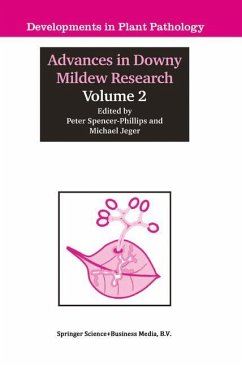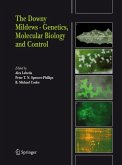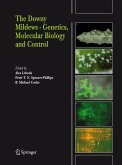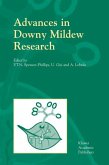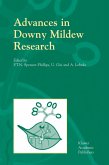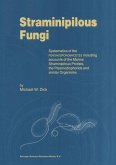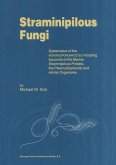Emphasis in this second volume of Advances in Downy Mildew Research is on the biology of compatible interactions, forecasting and epidemiology, host specialisation, genetic variability amongst pathogen populations, novel methods for detection and systematics, and induced resistance. Two chapters focus on the related oomycete Albugo candida, which shares many pathogenic characteristics with the downy mildews and provides a valuable comparative pathosystem. Contributions on specific downy mildews include Bremia lactucae, Peronospora destructor, Peronospora sparsa, Peronospora viciae, Plasmopara halstedii, Plasmopara viticola, Pseudoperonospora cubensis and Sclerospora graminicola. Review chapters on compatibility, forecasting and systematics consider a broader range of downy mildew fungi, and compare them with other oomycete and biotrophic pathogens. The book is relevant to anyone with an interest in these unique biotrophic pathogens, either in their own right as causes of damagingdiseases or as model systems for research on host-pathogen interactions. It should be read by: students, teachers and researchers in academic and research institutes; research and development personnel in the agrochemical industries; agricultural and horticultural advisers, and other extension workers.

